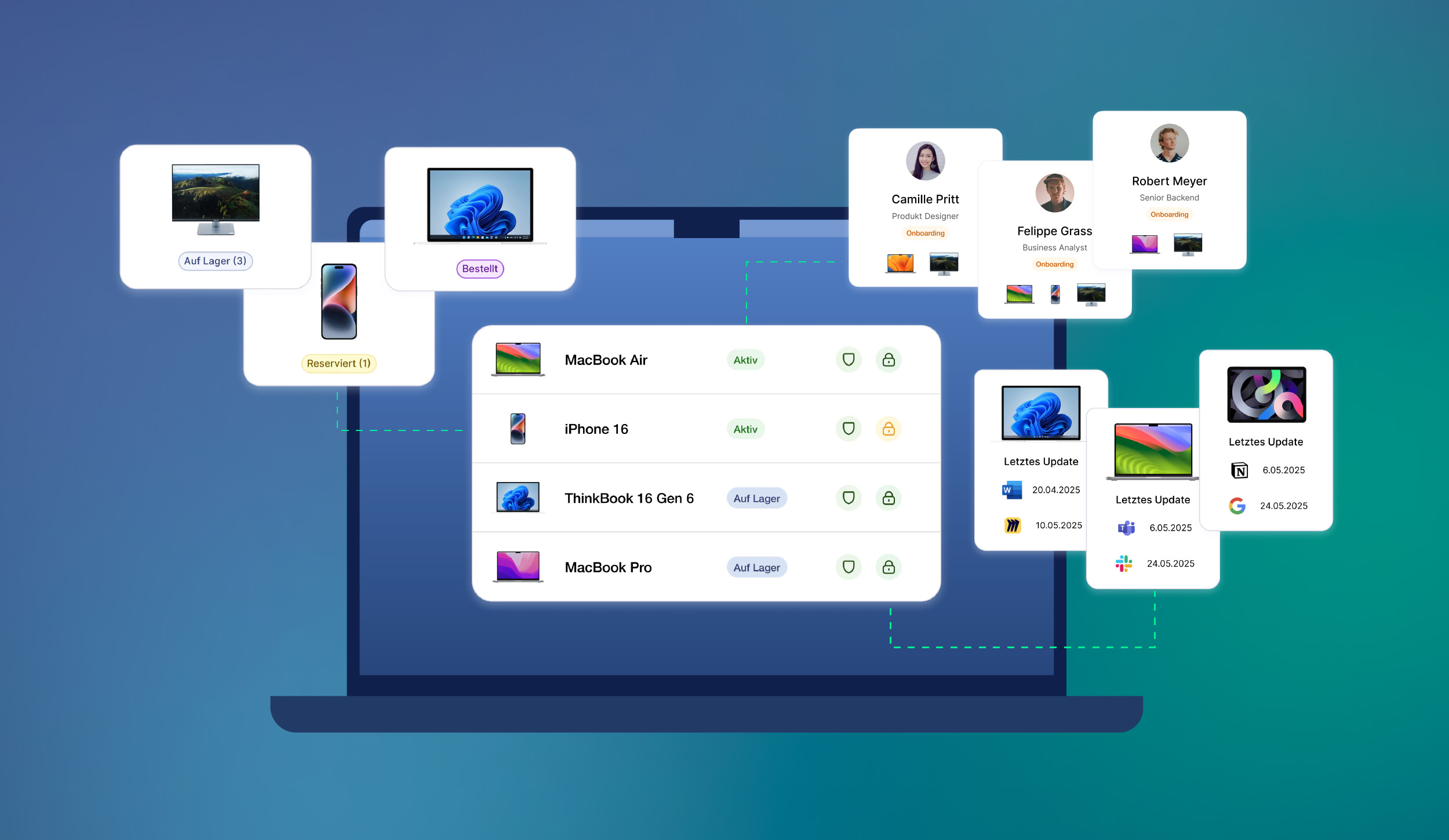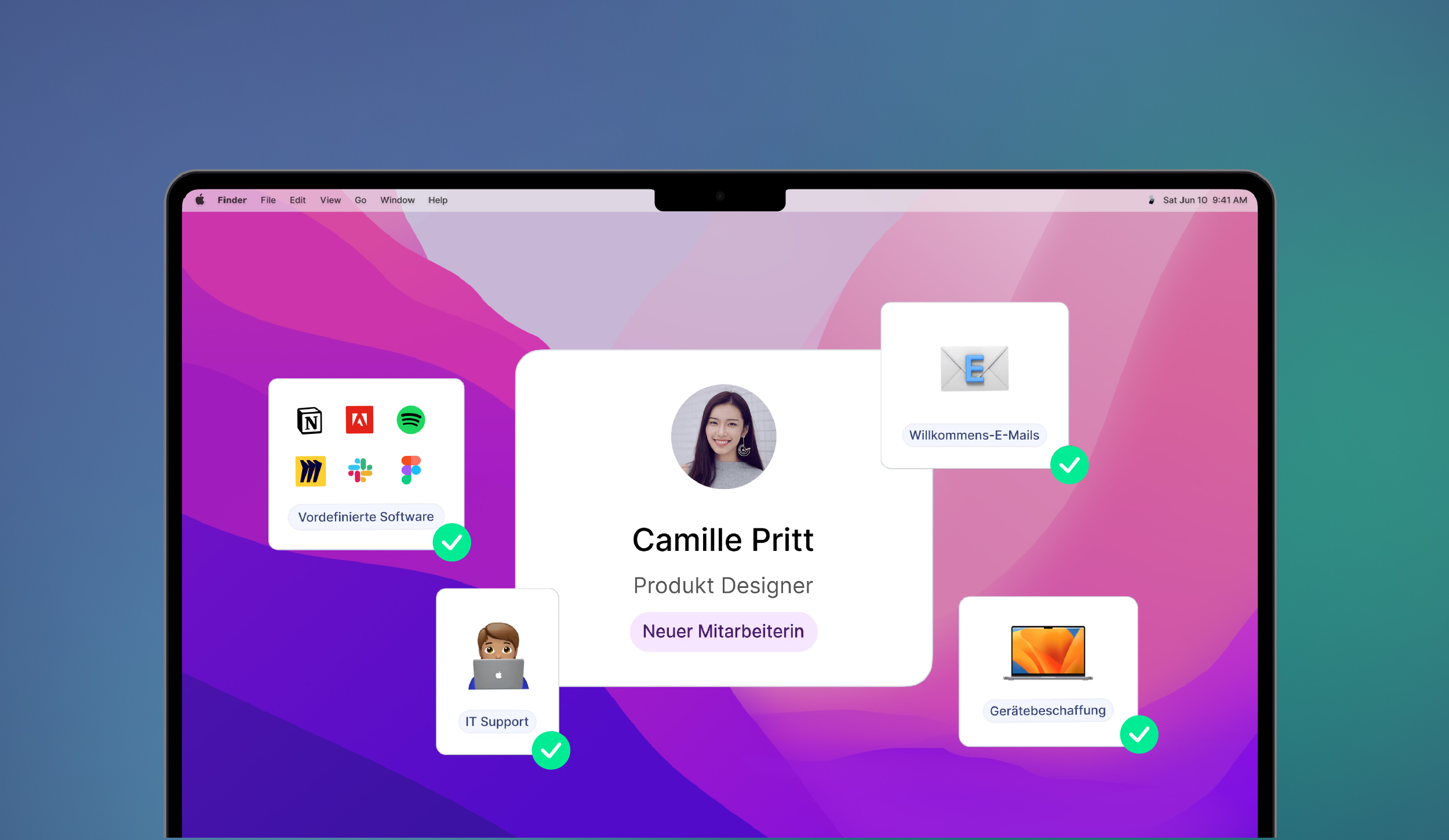Making the right choice about procuring your IT equipment requires careful consideration of your organisation's financial situation, operational requirements and long-term goals. By understanding the characteristics of each method, you can align your IT strategy with your company's goals and financial capabilities, ensuring the best possible outcome for your IT investment.
Renting
Pros
- Cost-effective: Renting offers a low initial cost, making it a budget-friendly option. This allows you to allocate your financial resources elsewhere within your organisation.
- Short-term flexibility: It represents a highly flexible option, ideal for short-term projects where equipment needs are temporary.
- Easy upgrades: Upgrading your IT equipment is straightforward, allowing you to stay up-to-date with the latest technology. It allows you access to the newest and best equipment that would be too expensive to buy outright.
- Maintenance included: Many rental agreements come with maintenance and support bundled in. This means less downtime for your team and more reliable equipment performance.
Cons
- Long-term costs: Over time, renting is costlier than leasing and purchasing due to accumulating rental fees. Also, after the rental period, you won't own the devices, so you can't consider the rental fee as a down payment.
- Limited customisation: Customisation options may be limited as you will never own the equipment.
- Dependence: Your reliance on rental providers may also expose you to supply chain issues.
Key takeaway: Renting offers high flexibility, but budget-wise it only makes sense for projects that are limited in time or to maintain liquidity in the short-run.
When you should rent your IT equipment
- Short-term needs: If your company requires the ability to adjust its IT equipment flexibly depending on short-term projects or seasonal demand for IT equipment, renting can be cost-effective.
- Variable workforce: Provided that your staffing needs fluctuate, such as hiring temporary employees or freelancers, renting allows you to scale up or down quickly without long-term commitments.
- Limited budget: If your company has budget constraints and cannot afford the upfront costs of purchasing, renting can be an affordable solution. For instance, renting offers a great option for startups confronted with high volatility and a limited budget to access the latest technologies without any initial payments.

Leasing
Pros
- Predictable costs: With leasing, you get foreseeable costs thanks to monthly payments, making budget management smoother. It’s especially suitable for businesses with stable IT needs.
- Access to latest technology: Many lease agreements include options to upgrade to newer equipment during the lease term, allowing you to stay technologically competitive. As such it allows for some customisation and configuration options.
- Simplified asset management: The lessor often handles maintenance, support and disposal at the end of the lease term, making its management simple.
- Flexibility of ownership: At the end of the lease term the lessee oftentimes has the option to keep the IT asset and continue to use it or to return it to the lessor and procure new hardware.
Cons
- Limited flexibility in the short-run: Lease agreements typically involve longer commitments than rentals, which may limit your flexibility in the short term.
- Cost over time: Similar to renting, leasing can become more expensive than purchasing over extended periods.
- Lessor retains ownership: While you have more control over the equipment than with renting, you do not own it until the end of the lease term if you choose to exercise a purchase option.
Key takeaway: Leasing makes it easier to budget and manage your IT expenses but it may tie you to longer commitments, affecting short-term flexibility. Nevertheless, at the end of the term, leasing offers more adaptability than renting as the lessee gets to decide whether to keep and buy or replace the equipment.
When you should lease your IT equipment
- Stable and predictable IT needs: Leasing is suitable when your company has stable, ongoing IT requirements and can commit to medium to long-term arrangements.
- Technology refresh cycles: When you need to regularly update your IT infrastructure to stay competitive and productive, leasing offers a structured way to keep your technology up-to-date.
- Budget predictability: Leasing provides predictable monthly payments, making it easier for your company to budget and manage finances. Also, it is suitable for companies who do not want to commit to initial payments.

Purchasing
Pros
- Full ownership: When you purchase IT equipment, you gain ownership of it, which can be a valuable asset on your organisation's balance sheet and enhance your company's overall financial standing.
- Full control: Purchasing IT equipment is a long-term investment that grants you full control and customisation options. It allows you to configure and manage equipment according to your organisation's specific needs.
- Cost-effective in the long run: Over time, owning can be more cost-effective than renting or leasing.
- No recurring costs: There are no binding contracts or recurring monthly payments, providing greater financial flexibility for other projects.
Cons
- High initial costs: The initial cost of purchasing IT equipment can be substantial.
- Maintenance responsibility: You're responsible for all maintenance and repair expenses, which can quickly add up. You must also consider recycling or reselling at the end of the device's lifespan.
- Risk of outdated equipment: Once technology becomes outdated and expensive upgrades may become necessary, the cost of replacement falls on you. Also, equipment loses value over time, affecting your organisation's balance sheet.
Key takeaway: Purchasing offers you full control but at the same time also full responsibility of your IT equipment and high initial costs.
When you should purchase your IT equipment
- Long-term investment: If your company has a clear long-term vision and can make a substantial initial investment, buying allows you to build equity in your assets over time.
- Customization needs: When you require highly customised IT solutions tailored to your specific workflows and operations, purchasing offers greater flexibility.
- Maintenance expertise & capacity: If your company has the capacity and expertise to handle equipment maintenance and repairs efficiently, owning IT equipment may make sense.


Philipp’s recommendation
The choice between renting, leasing or purchasing IT equipment is a decision that depends on your organisation's unique needs, budget and long-term objectives. It's crucial to carefully weigh the advantages and disadvantages of each option. Furthermore, close collaboration with your finance and tax teams is essential to ensure an informed decision.
Additionally, incorporating the requirements of different departments into the decision-making process is important. Not all teams may necessitate the same procurement strategy, so your organisation might opt for a mix of procurement methods across departments.





